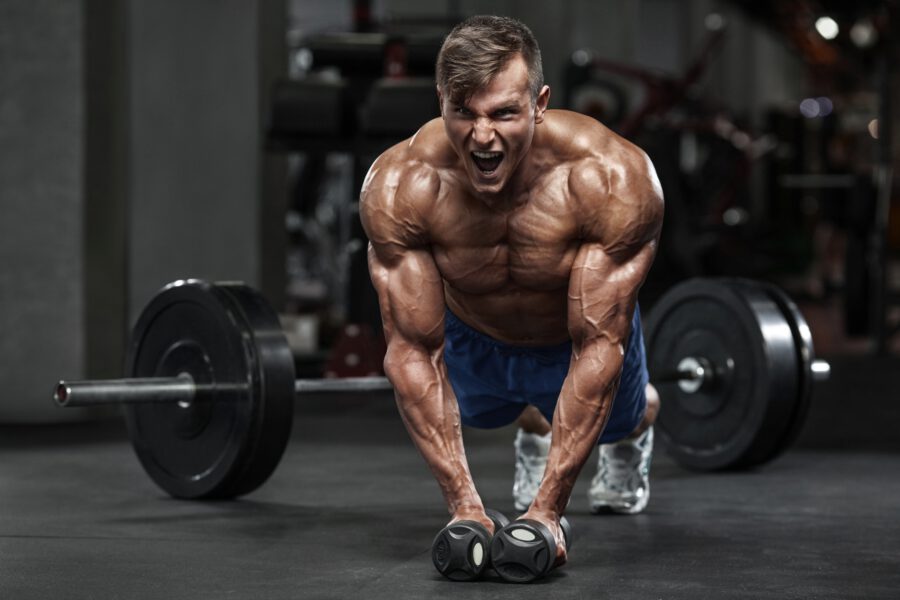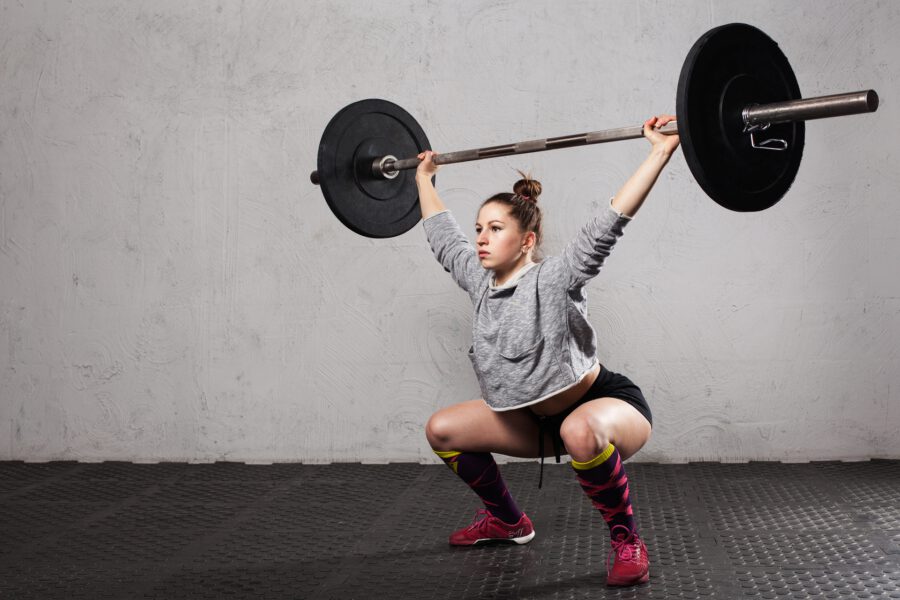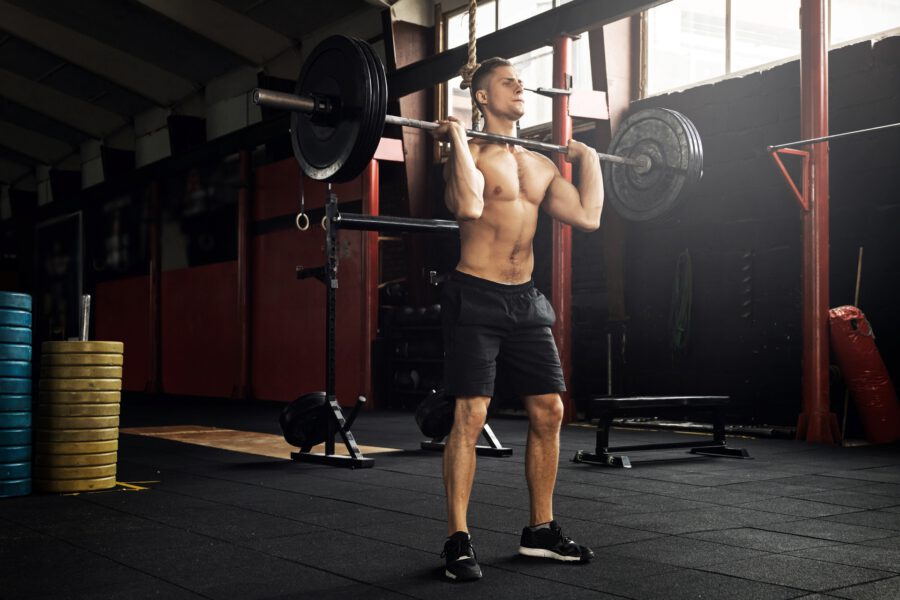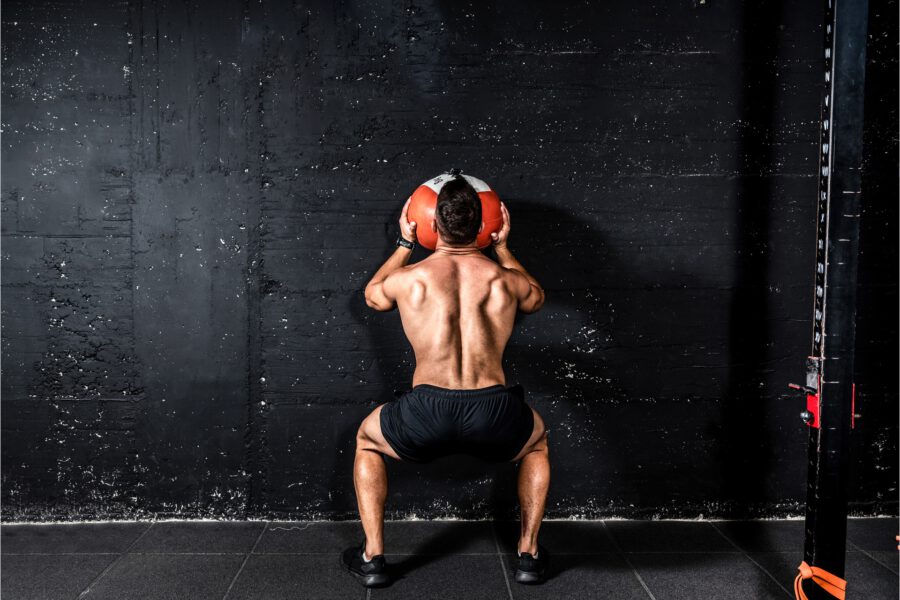Functional Muscle Training: What It Is and How To Do It
Functional movement, and the functional exercise that is designed to encourage it, has become a popular buzz phrase in the fitness world in recent years. Yet, there’s a lot of confusion around what it is and how to do it. In this article, we put functional muscle training under the spotlight to help you decide whether it should be part of your training plan.
You work out to improve your body’s ability to move – to lift, crouch, jump and run. Yet, much of what you do in the gymis based on muscular isolation. It works your body parts individually – and that is inefficient.
Functional training is different. That’s because it’s all about training the body the the way it was designed to move. By using functional exercises that mimic compound movement patterns, the trainer is better able to train the body the way it was designed to work – as a unified, fluid unit.
Functional Fitness will allow you to perform real life activities in real life situations. In the process, it will teach your muscles to integrate in order to more efficiently complete your daily tasks, whether it’s changing a tire or lifting a couch.
The typical sedentary Western lifestyle promotes bodily imbalance. Functional Fitness addresses this imbalance by forcing the opposite sides of the body to work together synergistically, rather than isolating individual muscle groups.
At its core, functional movement relates to the body’s ability to effortlessly and painlessly move as it was designedto. It means being biomechanically efficient in your movements.
Moving the way our body was designed doesn’t seem like too hard a task. However, from the moment we’re born, we start to develop our own unique movement patterns. These usually involve certain muscle groups being stronger than others. This causes us to favor a certain side of the body when we walk, bend over, lift or throw things. As a result of this we develop muscular imbalances that lead to injuries, accidents and ongoing pain.
People who do not move in a functionally efficient manner never get to experience the maximum potential of their body. It is as if they are constantly moving in the wrong gear. Not only does this expend an awful lot of wasted energy, it also wears the body down, causing it to be far less efficient as we age.
So, how does functional movement relate to your exercise program?
Functional movement should be at the center of the planning of your program. After all, you exercise to improve the quality of your life. Working out, then, should prepare you for everyday activities. It should make it easier for you to function in an emergency situation, such as when your car breaks down and you’ve got to carry the groceries home. Yet, not all exercise does this.
Functional exercises simulate common movements that we do outside of the gym. If you are truly going to benefit from the hours that you spend in the gym, functional training should form the core of your workout program.
Functional workouts involve compound exercises that work the large muscle groups of the body and involve explosivemovement. In addition to maximally taxing your muscles, functional training will give you an awesome cardio workout.
Here are 5 fantastic functional exercises that you should consider slipping into your workout schedule:
Target muscles
- Full body
- Take a hold of a sledgehammer and position yourself side on to a tractor tire.
- Swing the sledge hammer out and then bring it crashing into the tire.
- Concentrate on driving the power from your thighs, hips and lats.
(Note: If your gym doesn’t have a sledge hammer and truck tire, demand that they get them).
Target muscles
- Full body
Squat Snatches are a classic weight lifting move that require explosive power, core stability and hip and shoulder flexibility.
- Place a barbell on a squat rack and step under it so that it is behind the neck and across the traps.
- Unrack the bar and take a couple of steps back.
- With feet shoulder width apart and wide grip on the bar, snatch the weight overhead to arms length, pushing up andout.
- While holding your breath, squat down into a full squat position. Do not lean forward, but keep your back arched andchest up.
- Immediately you hit the bottom of the squat reverse position and drive yourself back to a standing position with theweight locked out overhead. That’s one rep.
Here's a functional leg workout:
Target muscles
- Full body
- Start with the bar in front of you. With your feet firmly planted and back arched, bend your knees to grab the barwith an overhand grip.
- Start lifting the bar and as it reaches mid-thigh, extend the hips, knees and ankles upwards. At the same time shrugyour shoulders and bend and raise the elbows.
- Keep the bar close to your body as it rises and rests at your upper chest level. You will now be in a standing frontsquat position.
- Immediately lower into a full squat and then return the bar to the start position on the floor in front of you.
Target muscles
- Legs
- Core
A front squat is essentially the mid-part of the clean exercise just described. Many people shy away from front squats due to the relative uncomfortableness of squatting with the bar in front of your neck. That, however, is part of what makes it a great functional exercise. It’s vital that you maintain a strong, upright position throughout the squat.
- Stand in front of a bar that is loaded on a squat rack with feet shoulder width apart.
- Un-rack the bar and rest ir across your clavicles and shoulders, with your crossed arms holding it for support.
- Maintaining an upright spine, hinge at the hips to descend into a parallel squat position.
- Push through the heels to return to the start position.
Target muscles
- Full body
- Start in a squat position with a medicine ball held at chest level. You should be 5 feet away from a wall.
- As you explode upwards, chest press the ball straight towards the wall.
- You now have to catch the ball on the rebound. As soon as you do, move right into your next repetition. Stay focusedor you’ll have the thing smashing into your rib-cage!
- Functional training works the body as a holistic functional unit
- Functional training simulates real world activities
- Functional training is built around explosive functional exercises





